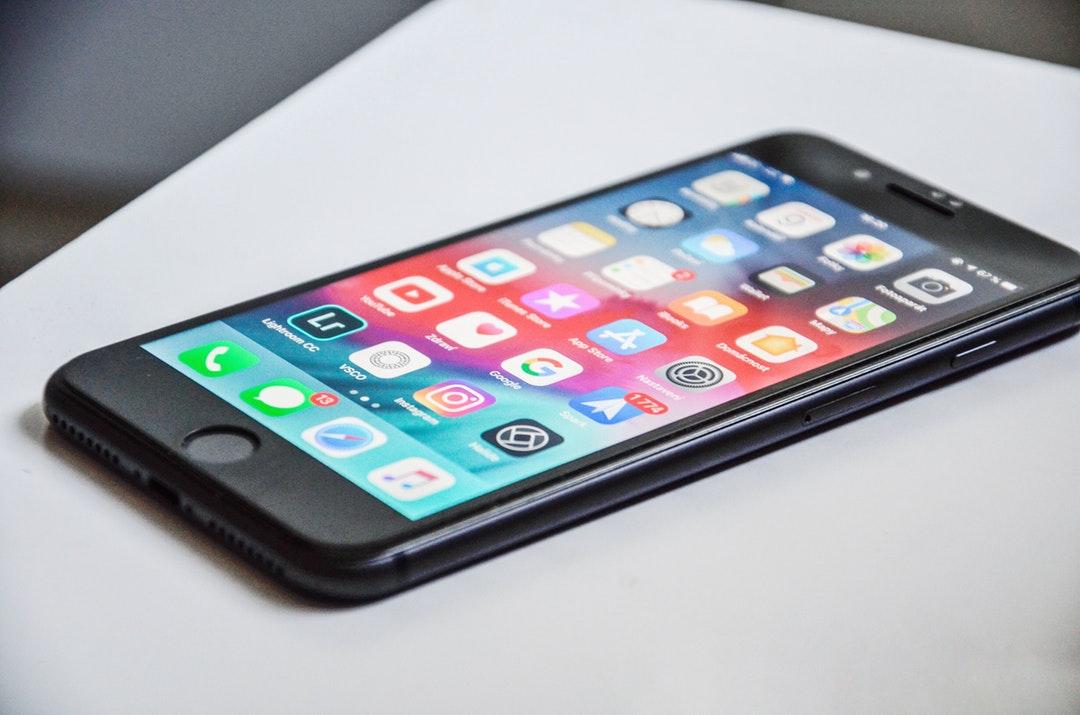Is VoIP Spam a new threat?

Modern life has brought to us amazing benefits. Currently, imagining a world without technology is impossible, we find it in every little aspect of our lives and makes it easier for us to survive. Besides all the wonderful advantages, it also comes with some nightmares. Nothing is completely perfect, right?
Spam is an annoying and irritating problem that has been around with us for some time. It is considered a problematic issue that goes back to the times of junk mail in mailboxes and door-to-door salesmen. The technology industry is constantly changing and evolving, so spam senders do it in the same manner: looking for ways to adapt to the new advances in order to full fill their goal.
What is spam?
The concept of spam is very simple: it is any kind of unwanted or unsolicited digital communication that is massively distributed. It is made with the purpose of commercial advertising, non-commercial proselytizing, committing illicit acts or just sending the same message over and over again as a prank.
The reality is that anyone who has been a victim of spam and internet applications are susceptible to this practice. For example, day after day email accounts from all over the world frequently receive unwanted emails such as chains promising extraordinary financial gain or asking for it to be forwarded to further contacts.
The first spam attack was made hundred years before the internet existed. In 1864, a telegram with an advertisement for teeth whitening was sent to a group of British politicians. In the late 90s, the rise of the internet and instant email communications helped spam to reach pandemic proportions. All of this basically confirms that spam has been a problem for a long while and nothing indicates that it will soon stop being. Nowadays, even though emails are the most common objective, it is not the only broadcast medium for spammers: social media and VoIP systems are also susceptible for attacks.
VoIP spam
Voice over Internet Protocol communications have become an increasing industry that has positioned itself as the favorite alternative to traditional telephony. The more popularity a technology gains, the more attractive it becomes for everyone, especially spammers.
Spam over Internet Telephony, also known as SPIT, is not yet a problem of the same magnitude as email spam, but it is expected to be even worse because of the growth of VoIP services. SPIT works the same way as spam does, that is to say, it is an unsolicited telephony communication but with the difference that broadcast channels are not the same, compared to the ones of VoIP services. Spammers find VoIP an excellent option because the service is extremely inexpensive and also allows making multiple calls at the same time.
When spammers and hackers target a private VoIP system, they use it to broadcast hundreds of calls through it. This issue goes far beyond being annoying, it also affects the dynamics of VoIP operations causing performance issues and mistrust. These attacks collapse the phone line making it impossible for customers to contact employees, salespeople to reach potential contacts and employees cannot maintain contact with other colleagues, generating a global decrease in productivity and efficiency.
VoIP spammers are difficult to track since anyone can obtain a Non VoIP phone. Spammers can purchase one of these virtual numbers with a local area code different to where they may be, allowing them to mask the real source. For example, a spam call may appear to come from Brazil when the attacker is living in France.
How to combat SPIT
SPIT is not yet a problem on the same scale level of spam, although it is only a matter of time. Some may think that for SPIT, the solution is as easy as using the same methods to avoid email spam, but it is not that simple.
Email providers and developers have created spam mitigation techniques such as software and applications that scan email messages looking for keywords and patterns that coincide with spam preventing it from reaching the inbox. In other words, its main defense is a filtering technology.
Email and voice calls are different types of communication, in which each one employs a particular transmission channel which makes them incompatible systems. Filtering methods for email content cannot be adapted to VoIP due to their different technological nature.
VoIP interactions happen in a matter of seconds. Thus, there is no possibility of passing the call first through a filter. If somebody intercepts the call for an analysis, the end user can be aware of a difference. Also, calls cannot be filtered until the reason for the call is known and there is no way to know it without answering it. At this point, spammers have reached their goal.
It may seem like VoIP technology is a step behind scammers, although VoIP developers are in the process of looking for a way to create an innovative and functional solution for SPIT. Currently, there are some solutions such as spam call blockers that rely on recognition of behavioral characteristics like background and word usage.
VoIP users can also blacklist certain IP ranges based on previous experiences. In the other hand, to combat VoIP spam, important actions such as alerting and educating users about these issues and security measures are necessary to keep networks working correctly.
What now?
Some may radically think that the best solution is to stop using VoIP services. However, by choosing this option, businesses and internet users would be giving up all the enormous benefits that this service offers. VoIP does not have limits and adapts to everyone’s necessities, so the telecommunication industry will be facing a bigger challenge if it dispenses all of the VoIP technology.
However, not everyone that uses VoIP numbers has bad intentions. In fact, users with VoIP can find alternatives to solve different problems they may come. Sometimes, to validate an account on social media it is necessary to enter a phone number and some users do not wish to enter their personal number. With a Non VoIP number, they can avoid sharing their personal numbers wherever they may be.
VerifyWithSMS is the solution for those that are looking to maintain their personal number private. Operated by the Epsilon Technology LTD company, this Non VoIP provider offers the world real USA phone numbers from real SIM cards.
Their inexpensive and safe service helps thousands of users around the world to successfully validate their accounts on many platforms such as Tinder, Instagram, Amazon, Telegram, Binance and many more.
Without a doubt this service is simple, fast and reliable. Take advantage of technology the best way possible while having fun on the internet. Take a look!





